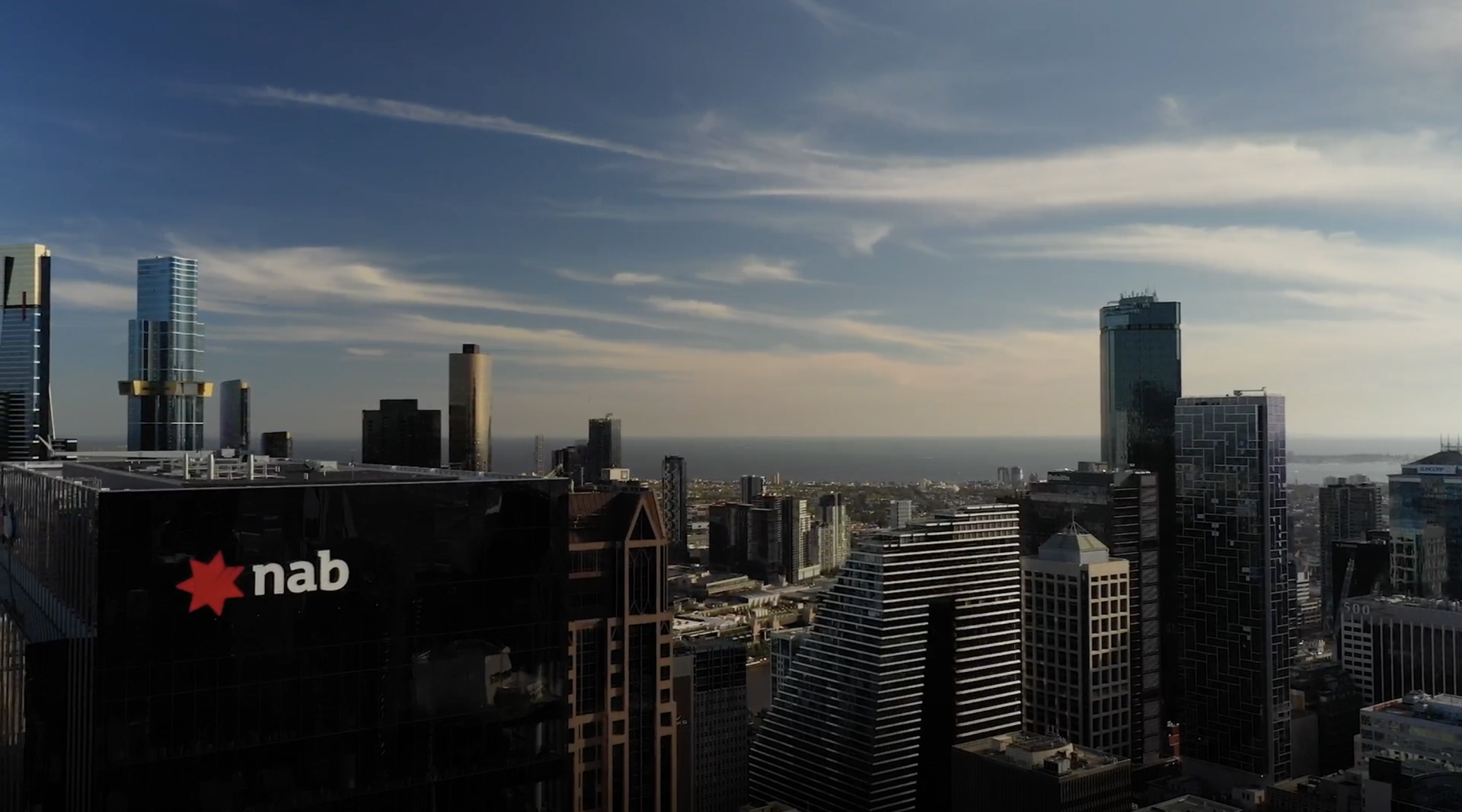NAB Chief Economist Alan Oster provides some insights on the global oil market and the volatility of equity markets.
The falls in global oil prices over the last year or so are fundamentally a reaction to oversupply in global markets – as US new oil supply comes on board, OPEC puts the squeeze on profitability of new sources of supply by refusing to cut production, while some traditional suppliers either add to production (e.g. Iran) or attempt to maximise production to add to their hard currency reserves (Russia).
While recent drops to around USD 30 per barrel may be related to fears of reduced demand – notably in China – it’s worth noting that the Chinese economy (unlike its equity markets) did not fall over in the first few weeks of January. China is very much in a process of transition from an economy driven by industrial production and construction activity to one driven by the tertiary sector (consumption and other services). Thus we are still comfortable with the view that China will grow by around 6 ¾% this year. Clearly their economy is not crashing albeit it might feel like it for Australian commodity producers.
Finally, on a global basis, lower oil prices in traditional economic models are net positive for global growth – albeit with very mixed effects by region. For example some of the best known global econometric models (IMF, IMF/WEO, and Oxford – while not perfect at least give some independent guidance) suggest that were oil prices to remain permanently around USD 30 per barrel (rather than nearer USD 50) global GDP might, after a year or two, be around 0.4% higher – with much larger positive impacts for economies highly exposed to commodity prices such as China (0.8%) and Japan (0.7%). Clearly the results are very negative in OPEC and Russia and mixed for Australia and the USA. Of course the results are very different if lower prices are demand driven. Finally one might fret that demand is about to crunch – it may – but as noted above equity market concerns do not necessarily equal real economy outcomes.
On Australian the outcomes are complicated – but are probably net positive to growth and will result in lower inflation. The latter might also increase the risk of further help via rate cuts. But lower oil prices will be especially punishing on LNG profits – via the link between long term LNG contracts and oil prices. And, via that mechanism, it will provide further substantial headwinds to government revenues.
Two other issues are very important in the Australian case. Firstly are falling oil prices indicative of and simultaneously produce further falls in broader commodity prices (i.e. demand driven). If so the negative impacts via the terms of trade will be much larger. Here it is interesting that, while all commodity prices moved down significantly over the last 12 months or so, it is not so recently – with iron ore prices for example still around $USD 40 per tonne. Secondly will the falls in USD commodity prices be offset by further falls in the AUD?
Our forecasts see AUD falling a touch further in coming months – to around USD 68c before recovering to the low 70c mark later this year. We also see oil and iron ore at around the USD 40 mark per unit by year end. But if oil was to remain around its current levels, and the AUD behaves largely as we expect, what might it mean?
From the consumer’s perspective a fall to USD 30 per barrel (from USD 50) fully passed through (and not offset by lower currency and/or wider margins) should see petrol fall from around 120c per litre to say 98c. Our internal models would suggest a net gain to consumption of around 0.4% per annum (or around ¼ point to GDP). It would also see lower headline CPI increases of around 0.6% per annum but much lower core inflation readings – reflecting lower feed through indirect effects on production costs and some improved activity impacts.
Lower oil price by reducing costs of production would also improve profitability levels across the broader economy – and importantly in the service sectors where much of our recent growth in activity and employment has been based. As such it might help non-mining investment outcomes, at the margin. Interestingly the cost of production of iron ore is heavily influenced by transportation costs (where oil costs are more important than the broader economy). While unlikely to contribute anything in terms of added iron ore investment, it would be marginally helpful to iron ore profitability.
On the other hand, its impact on the profitability of the massive ramp up in LNG exports would be even more withering. Remember most of long term LNG contracts were locked in at around USD 80 or above. Even allowing for AUD depreciation current oil prices imply a LNG effective price of around AUD 5-6 per GJ – less than half the implied price of recent years. In short, very very poor profitability and little chance of much tax revenue increases for the Government from what will be Australia’s second largest mining export. Also more generally the MYEFO had a forecast oil price of USD 40 per barrel – so this implies a weaker indirect tax take.
Finally the recent volatility on global equity markets will have lowered consumer confidence and lowered wealth. At current levels, however, these impacts will be significantly outweighed by the direct effects on consumer and most businesses cash flows. Here it will be interesting to get the next read on business confidence from NAB’s Monthly Business survey (out on 25 January).
While by necessity there are many ifs and buts in the above analysis – but that also applies to analysis of recent bearishness in markets and especially some ultra-bearish commentators (where “shades of grey” have been notably absent). A more reasonable assessment in my view is, if anything, at least balanced for Australia. Certainly we are not in the camp that we are “all ruined”. Indeed we at NAB haven’t yet seen any reason to fundamentally change our domestic activity or financial market forecasts.
*This column first appeared in the Weekend Australian Financial Review on Saturday 16 January 2016.




